What vitamin enhances calcium absorption. Essential Guide to Vitamin D and Calcium Absorption: Optimizing Bone Health
How does vitamin D enhance calcium absorption. What are the recommended daily allowances for vitamin D and calcium. How can you ensure adequate intake of these crucial nutrients for bone health.
The Vital Relationship Between Vitamin D and Calcium
Vitamin D and calcium are two essential nutrients that work in tandem to maintain strong, healthy bones. Their importance extends far beyond skeletal health, playing crucial roles in various bodily functions. Understanding the intricate relationship between these two nutrients is key to optimizing overall health and preventing potential deficiencies.
Roles of Vitamin D and Calcium in the Body
Vitamin D, often referred to as a hormone, and calcium, a mineral, contribute to several vital processes:
- Muscle movement
- Nerve communication
- Immune system responses (vitamin D)
- Signaling between cells (calcium)
- Hormonal secretion (calcium)
- Blood vessel flow (calcium)
Perhaps most importantly, vitamin D aids in the absorption of calcium and phosphorous, forming a crucial link between these two nutrients.
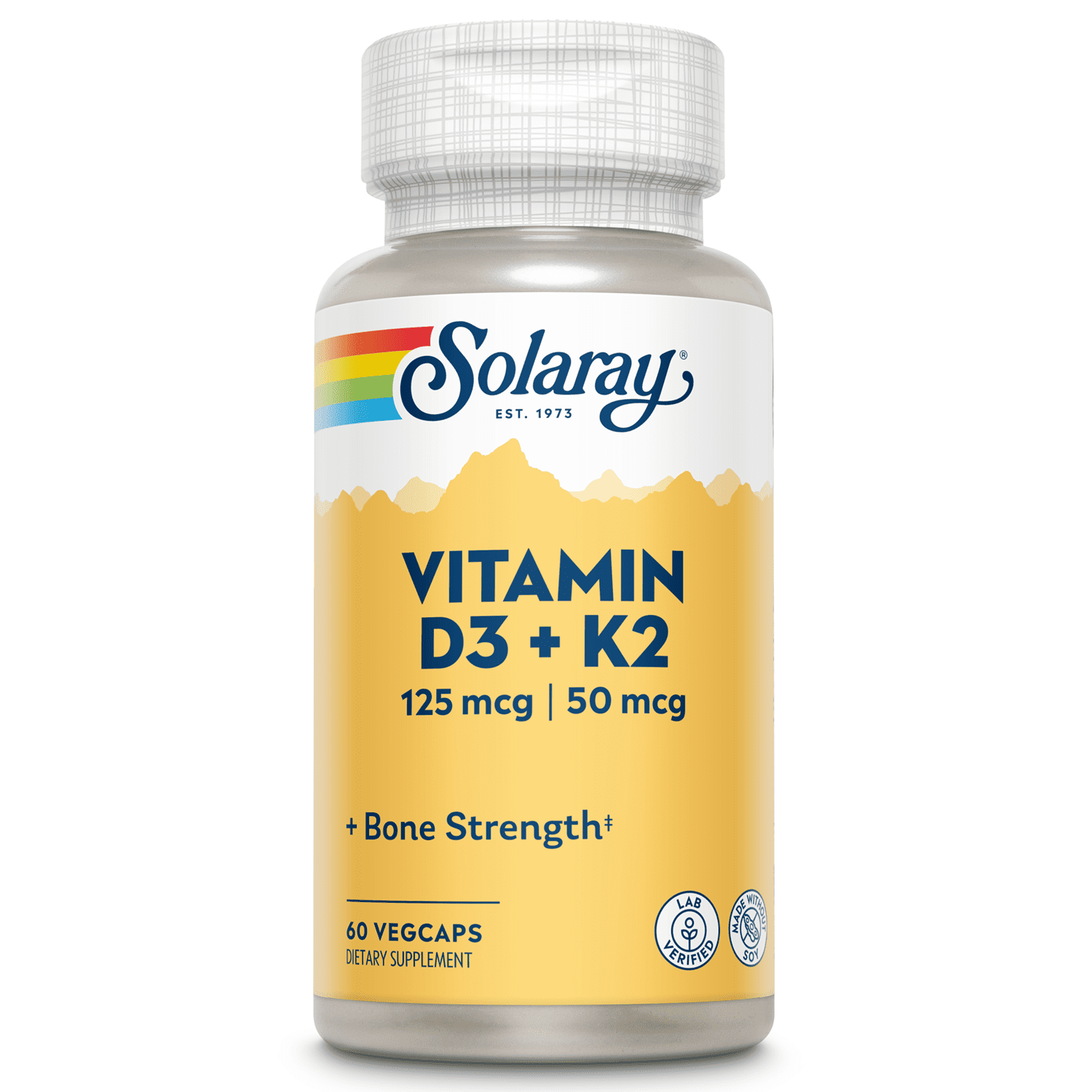
Consequences of Deficiency
When the body lacks sufficient vitamin D or calcium, it can lead to a cascade of health issues. The parathyroid glands may overcompensate by producing excess hormone, resulting in a condition known as hyperparathyroidism. This can further lead to bone weakening (osteoporosis) and an increased risk of fractures.
Recommended Daily Allowances for Vitamin D and Calcium
To maintain optimal health and prevent deficiencies, various health organizations have established recommended daily allowances (RDA) for vitamin D and calcium intake. These recommendations vary based on age, gender, and specific health conditions.
RDA Table for Different Age Groups
Here’s a comprehensive breakdown of the recommended daily allowances and maximum safe intake levels for both vitamin D and calcium:
| Population | Calcium RDA (mg) | Calcium Max (mg) | Vitamin D RDA (IU) | Vitamin D Max (IU) |
|---|---|---|---|---|
| 0-6 months | 200 | 1,000 | 400 | 1,000 |
| 6-12 months | 260 | 1,500 | 400 | 1,500 |
| 1-3 years | 700 | 2,500 | 600 | 2,500 |
| 4-8 years | 1,000 | 2,500 | 600 | 3,000 |
| 9-13 years | 1,300 | 3,000 | 600 | 4,000 |
| 14-18 years | 1,300 | 3,000 | 600 | 4,000 |
| 19-30 years | 1,000 | 2,500 | 600 | 4,000 |
| 31-50 years | 1,000 | 2,500 | 600 | 4,000 |
| 51-70 years male | 1,000 | 2,000 | 600 | 4,000 |
| 51-70 years female | 1,200 | 2,000 | 600 | 4,000 |
| 70+ years | 1,200 | 2,000 | 800 | 4,000 |
| 18 or younger, pregnant/lactating | 1,300 | 3,000 | 600 | 4,000 |
| 19-50, pregnant/lactating | 1,000 | 2,500 | 600 | 4,000 |
Sources of Vitamin D and Calcium
Ensuring adequate intake of vitamin D and calcium is crucial for maintaining optimal health. While the body can produce vitamin D through sun exposure, several factors can limit its production.
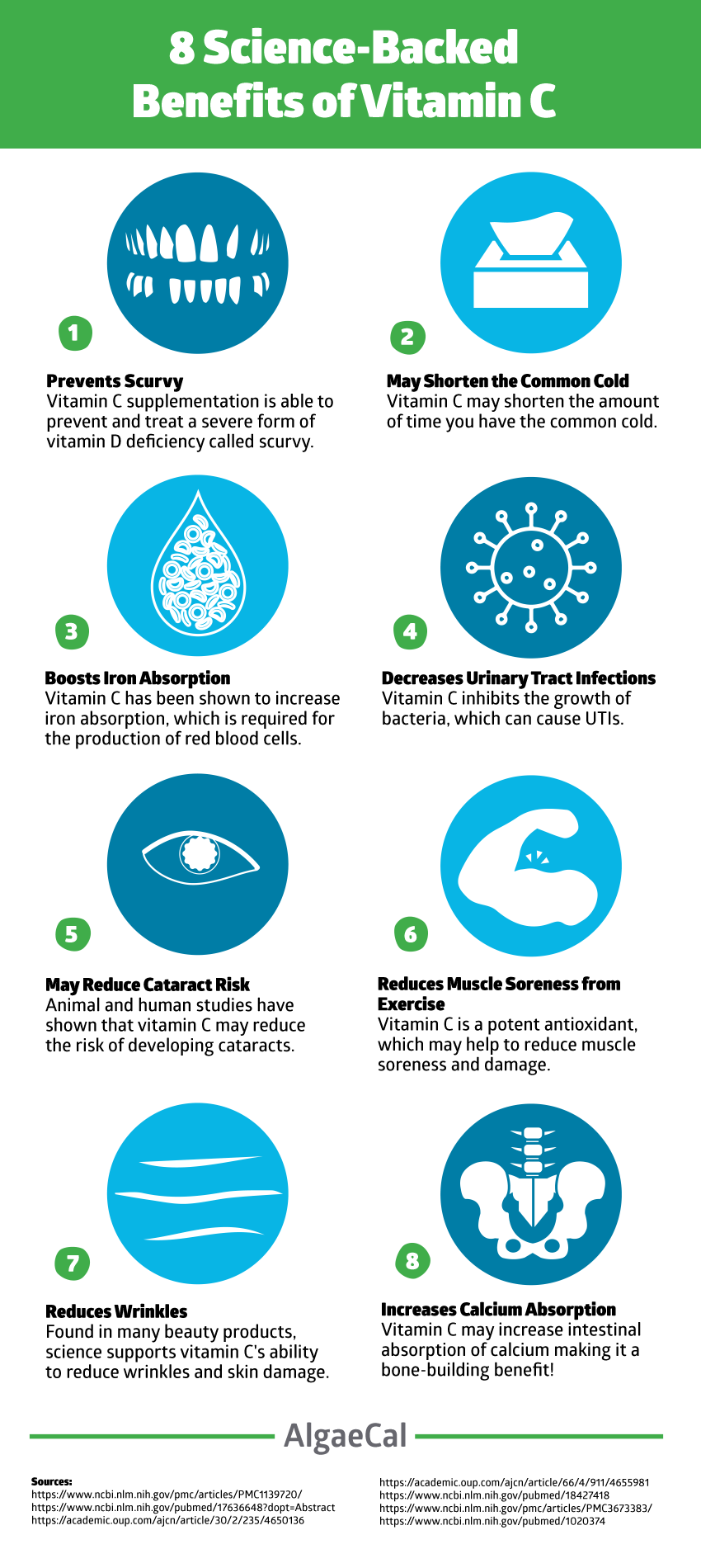
Natural Sources of Vitamin D
The primary natural source of vitamin D is sunlight. When your skin is exposed to ultraviolet B (UVB) rays, it triggers the production of vitamin D. However, several factors can inhibit this process:
- Aging, which affects the skin’s ability to produce vitamin D
- Limited sun exposure due to indoor lifestyles or living in northern latitudes
- Use of sunscreen, which blocks UVB rays
- Darker skin pigmentation, which requires more sun exposure to produce adequate vitamin D
Due to these limitations and the potential skin cancer risks associated with excessive sun exposure, many people turn to dietary sources and supplements to meet their vitamin D needs.
Dietary Sources of Vitamin D
While fewer foods naturally contain vitamin D compared to other nutrients, there are still several dietary sources available:
- Fatty fish (salmon, tuna, mackerel)
- Fish liver oils
- Egg yolks
- Mushrooms exposed to UV light
- Fortified foods (milk, orange juice, cereals)
Calcium-Rich Foods
Calcium is more readily available in a variety of foods. Some excellent sources include:
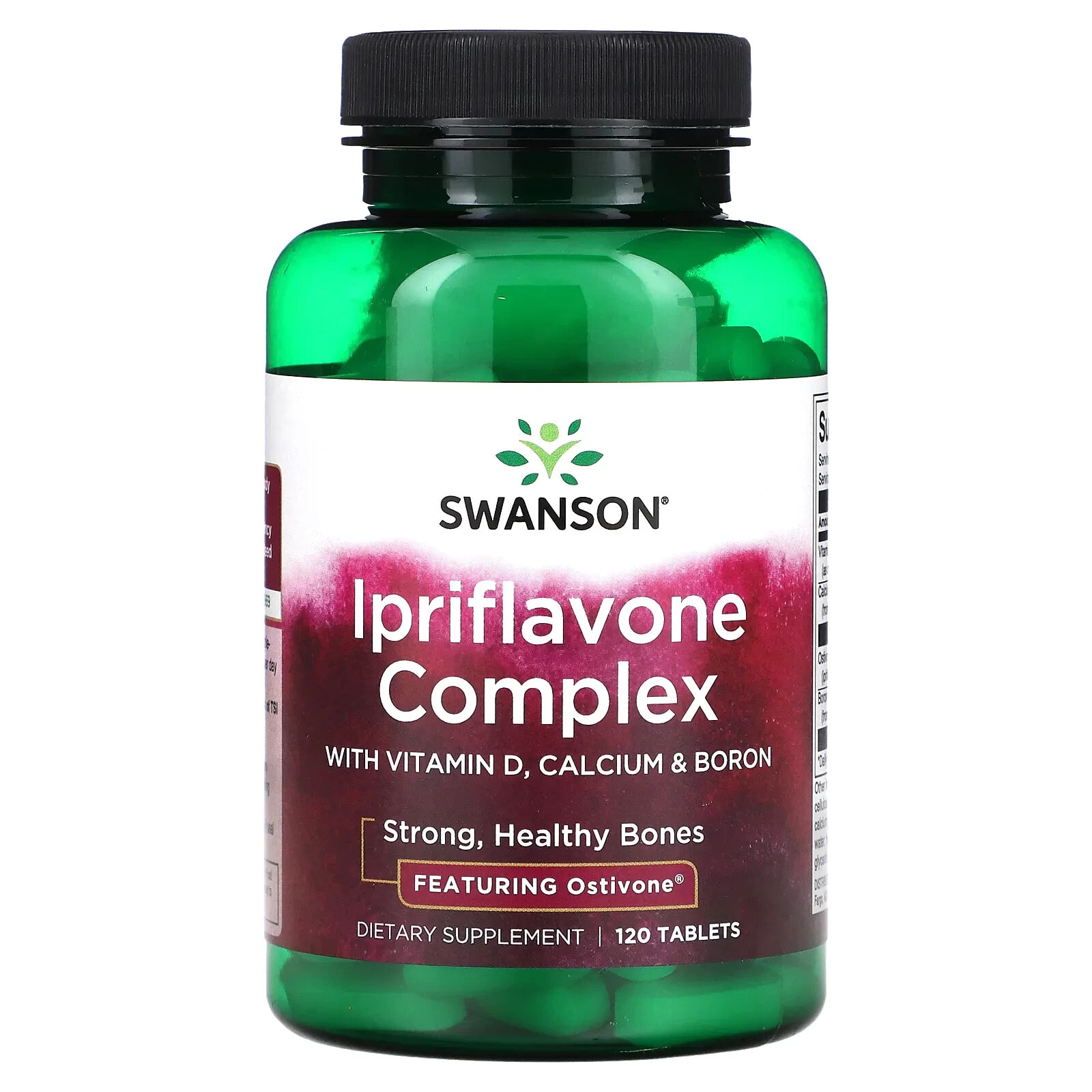
- Dairy products (milk, yogurt, cheese)
- Leafy green vegetables (kale, collard greens, spinach)
- Sardines and canned salmon (with bones)
- Fortified foods (non-dairy milk alternatives, juices)
- Nuts and seeds (almonds, sesame seeds)
The Synergy Between Vitamin D and Calcium Absorption
The relationship between vitamin D and calcium is crucial for optimal bone health. Vitamin D plays a pivotal role in enhancing calcium absorption in the intestines, making it an essential component in the body’s calcium utilization process.
How Vitamin D Facilitates Calcium Absorption
Vitamin D enhances calcium absorption through several mechanisms:
- Increasing the expression of calcium-binding proteins in the intestines
- Promoting the formation of calcium transport channels in intestinal cells
- Stimulating the active transport of calcium across the intestinal lining
- Enhancing the efficiency of calcium absorption from the diet
Without adequate vitamin D, the body may only absorb 10-15% of dietary calcium. However, with sufficient vitamin D levels, calcium absorption can increase to 30-40%, significantly improving overall calcium utilization.
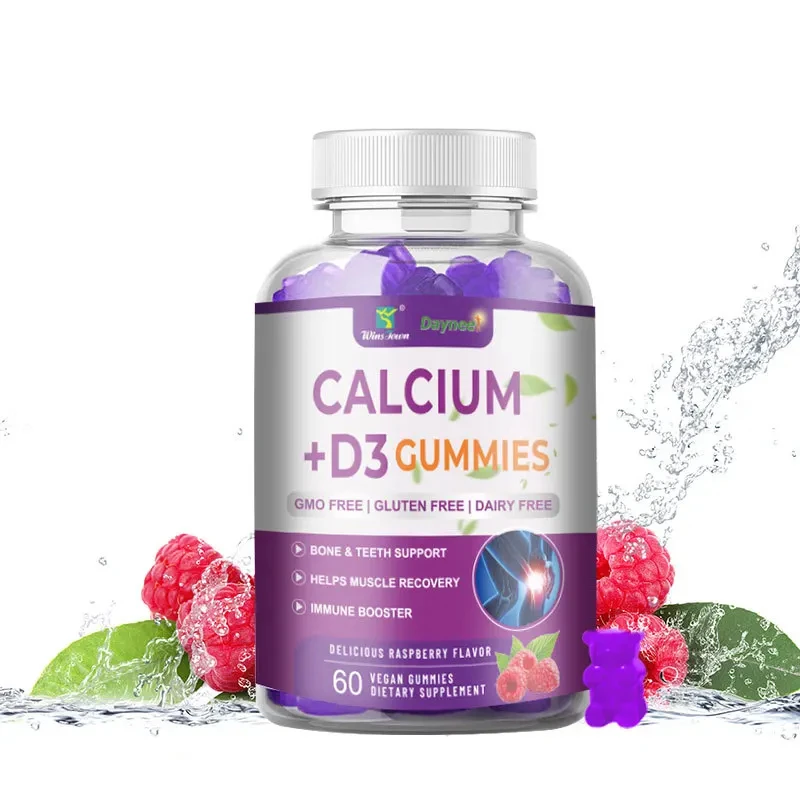
Importance of Balanced Intake
While both nutrients are crucial, it’s important to maintain a balance. Excessive calcium intake without adequate vitamin D can lead to kidney stones and other health issues. Conversely, high vitamin D levels without sufficient calcium can result in bone demineralization as the body attempts to maintain normal blood calcium levels.
Supplementation: When and How
For individuals unable to meet their vitamin D and calcium needs through diet and sun exposure alone, supplementation may be necessary. However, it’s crucial to approach supplementation with caution and under the guidance of a healthcare professional.
Indicators for Supplementation
Several factors may indicate a need for vitamin D and/or calcium supplementation:
- Limited sun exposure or living in northern latitudes
- Dark skin pigmentation
- Older age (decreased ability to produce and absorb vitamin D)
- Certain medical conditions (e.g., celiac disease, inflammatory bowel disease)
- Vegan or dairy-free diets
- Pregnancy or breastfeeding
Types of Supplements
Vitamin D supplements are available in two forms: D2 (ergocalciferol) and D3 (cholecalciferol). While both can increase vitamin D levels, D3 is generally considered more effective. Calcium supplements come in various forms, including calcium carbonate and calcium citrate. The choice depends on individual needs and absorption capabilities.
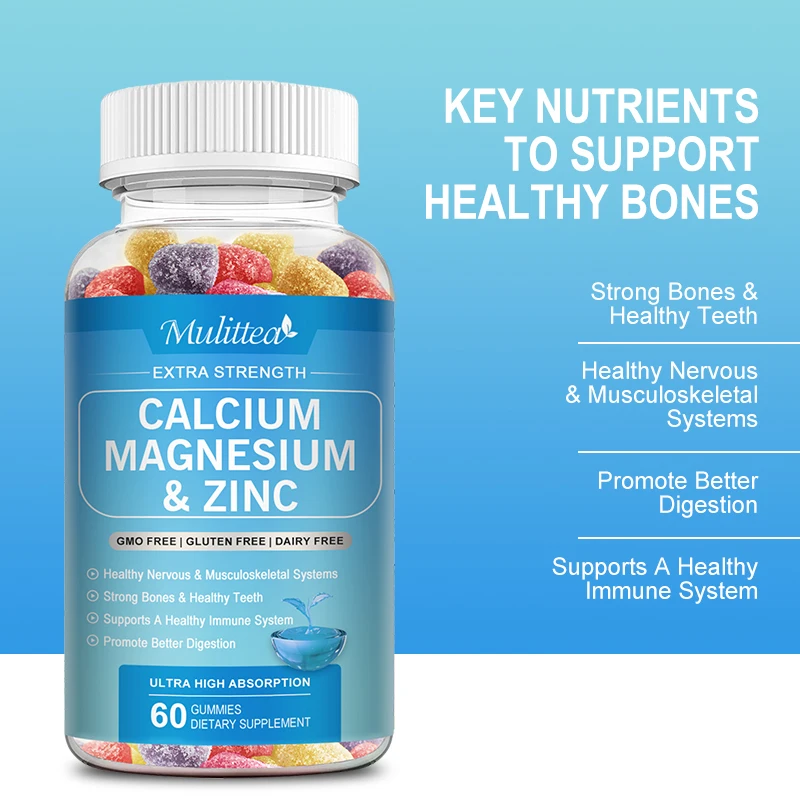
Safety Considerations
When considering supplementation, keep these precautions in mind:
- Avoid exceeding the recommended upper limits for both nutrients
- Consider potential interactions with medications
- Be aware of possible side effects, such as constipation from calcium supplements
- Regular monitoring of blood levels may be necessary for those on high-dose supplements
Factors Affecting Vitamin D and Calcium Status
Several factors can influence an individual’s vitamin D and calcium status, potentially leading to deficiencies or affecting absorption and utilization.
Lifestyle Factors
Various lifestyle choices can impact vitamin D and calcium levels:
- Indoor lifestyle with limited sun exposure
- Excessive use of sunscreen
- Dietary choices (e.g., vegan diets, low dairy intake)
- Excessive alcohol consumption
- Smoking
Medical Conditions
Certain health conditions can affect vitamin D and calcium metabolism:
- Gastrointestinal disorders (e.g., Crohn’s disease, celiac disease)
- Kidney disease
- Liver disease
- Hyperparathyroidism
- Osteoporosis
Medications
Some medications can interfere with vitamin D and calcium absorption or metabolism:

- Corticosteroids
- Certain anticonvulsants
- Some cholesterol-lowering drugs
- Proton pump inhibitors
Testing and Monitoring Vitamin D and Calcium Levels
Regular monitoring of vitamin D and calcium levels is crucial for maintaining optimal health, especially for individuals at risk of deficiencies. Understanding the testing process and interpreting results can help guide appropriate interventions.
Vitamin D Testing
The most common test for vitamin D status is the 25-hydroxyvitamin D blood test. This measures the circulating form of vitamin D in the body. Results are typically categorized as follows:
- Deficient: Less than 20 ng/mL (50 nmol/L)
- Insufficient: 21-29 ng/mL (52-72 nmol/L)
- Sufficient: 30-100 ng/mL (75-250 nmol/L)
- Potential toxicity: Greater than 100 ng/mL (250 nmol/L)
Calcium Testing
Calcium levels are typically measured through a blood test. However, since blood calcium levels are tightly regulated by the body, they may not accurately reflect overall calcium status. Additional tests may include:
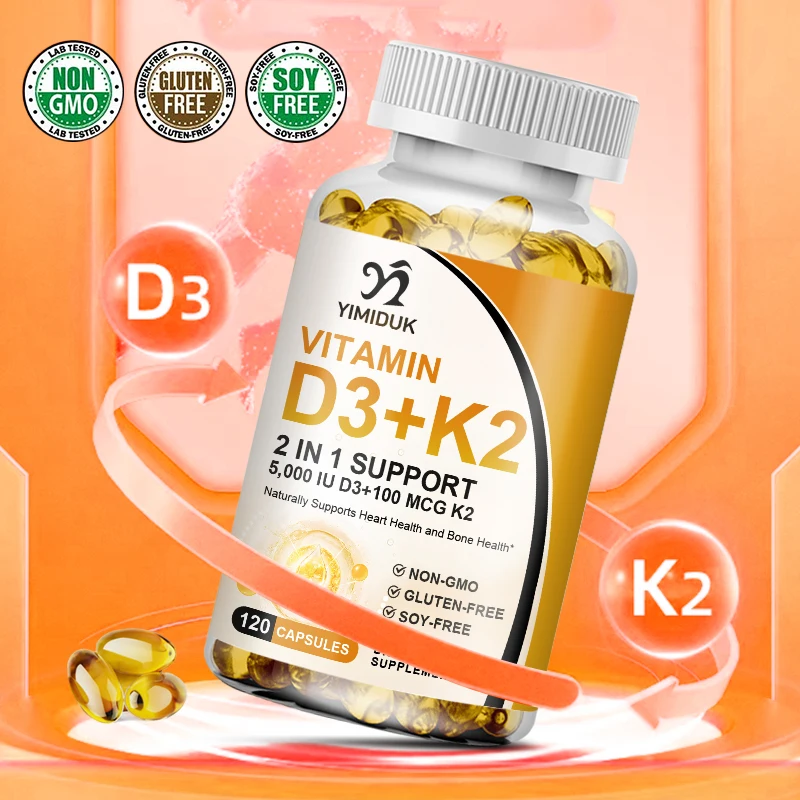
- Ionized calcium test (measures the active form of calcium in the blood)
- 24-hour urine calcium test
- Bone density scans to assess long-term calcium status
Frequency of Testing
The frequency of testing depends on individual risk factors and current health status. Generally:
- Healthy individuals may be tested every 2-3 years
- Those with known deficiencies or risk factors may require more frequent testing
- Individuals on high-dose supplements should be monitored regularly
Regular monitoring ensures that any deficiencies are caught early and that supplementation, if necessary, is adjusted appropriately to maintain optimal levels without risking toxicity.
Vitamin D and Calcium | Johns Hopkins Medicine
What are Vitamin D and Calcium?
Vitamin D (a hormone) and calcium (a mineral) are nutrients that sustain healthy bones. They are also needed for:
Muscle movement
Nerve communication
Absorption of calcium and phosphorous (vitamin D)
Immune system responses (vitamin D)
Signaling between cells (calcium)
Hormonal secretion (calcium)
Blood vessel flow (calcium)
Without enough vitamin D or calcium, your parathyroid glands compensate by producing too much of their hormone, a condition called hyperparathyroidism. That can lead to bone weakening (osteoporosis) and increased fracture risk.
Other problems from calcium and vitamin D deficiencies include:
Given the crucial role of both nutrients in bone health, The Endocrine Society and the Institute of Medicine recommend certain consumption levels based on age and health. They have not yet found, however, that taking vitamin D provides cardiovascular protection.
They have not yet found, however, that taking vitamin D provides cardiovascular protection.
How Much Vitamin D and Calcium Do You Need?
The Endocrine Society and The Institute of Medicine have suggested recommended daily allowances (RDA) for vitamin D and calcium, as well as maximum daily consumption amounts that you should not exceed for your safety:
| Population | Calcium RDA (mg) | Calcium Max (mg) | Vitamin D RDA (IU) | Vitamin D Max (IU) |
|---|---|---|---|---|
| 0-6 months | 200 | 1,000 | 400 | 1,000 |
| 6-12 months | 260 | 1,500 | 400 | 1,500 |
| 1-3 years | 700 | 2,500 | 600 | 2,500 |
| 4-8 years | 1,000 | 2,500 | 600 | 3,000 |
| 9-13 years | 1,300 | 3,000 | 600 | 4,000 |
| 14-18 years | 1,300 | 3,000 | 600 | 4,000 |
| 19-30 years | 1,000 | 2,500 | 600 | 4,000 |
| 31-50 years | 1,000 | 2,500 | 600 | 4,000 |
| 51-70 years male | 1,000 | 2,000 | 600 | 4,000 |
| 51-70 years female | 1,200 | 2,000 | 600 | 4,000 |
| 70+ years | 1,200 | 2,000 | 800 | 4,000 |
| 18 or younger, pregnant/lactating | 1,300 | 3,000 | 600 | 4,000 |
| 19-50, pregnant/lactating | 1,000 | 2,500 | 600 | 4,000 |
The recommendations come with two precautions:
How Do You Get Vitamin D and Calcium?
Your body makes Vitamin D when your skin is exposed to sun, but several factors limit its creation:
Aging, which changes absorption ability
The amount of sun you would need to achieve normal blood vitamin D levels is probably more than is safe for your skin, so most people may need supplements to achieve a normal vitamin D level.

Either form of vitamin D (D2 or D3) benefits the body, but very few foods naturally contain the nutrient or are fortified with it. That’s why doctors recommend supplements to make up the difference. Foods containing vitamin D include:
Cod liver oil: 400-1,000 IU per teaspoon
Wild caught salmon: 600-1,000 IU per 3.5 oz
Farmed salmon: 100-250 IU per 3.5 oz
Canned salmon: 300-600 IU per 3.5 oz
Canned sardines: 300 IU per 3.5 oz
Canned mackerel: 250 IU per 3.5 oz
Canned tuna: 236 IU per 3.5 oz
Fresh shitake mushrooms: 100 IU per 3.5 oz
Sundried shitake mushrooms: 1,600 IU per 3.5 oz
Egg yolk: 20 IU per yolk
Milk, orange juice, infant formula, yogurt, margarine, butter, cheese and breakfast cereals are often fortified with vitamin D.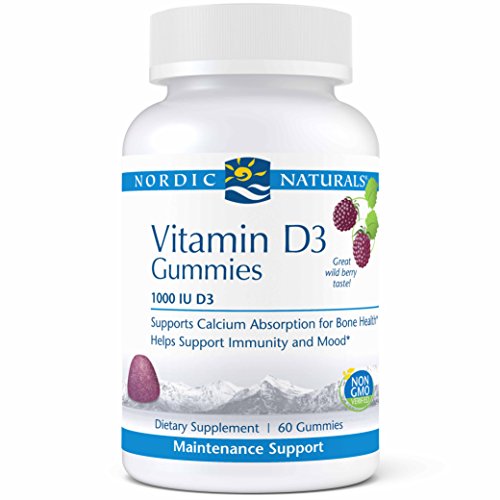
Calcium is found in:
Vitamin D Deficiency
A lack of vitamin D can cause serious problems, and doctors typically prescribe larger doses for 6-8 weeks to those with a diagnosed deficiency. Patients should make sure their labs are following Endocrine Society and Institute of Medicine thresholds when getting tested.
Neither group recommends universal screening for a vitamin D deficiency. Certain medical conditions, ethnicities and medications put people at risk and make them candidates for testing:
Hyperparathyroidism
Some lymphomas
What roles do calcium and vitamin D play in the body?
Calcium is an essential nutrient needed by all living creatures, including humans. Vitamin D is a prohormone that helps the body absorb calcium, which is essential for bone health.
Bones and teeth contain 99% of the body’s calcium.
Many different foods contain calcium. Manufacturers may also fortify certain food products with calcium and vitamin D.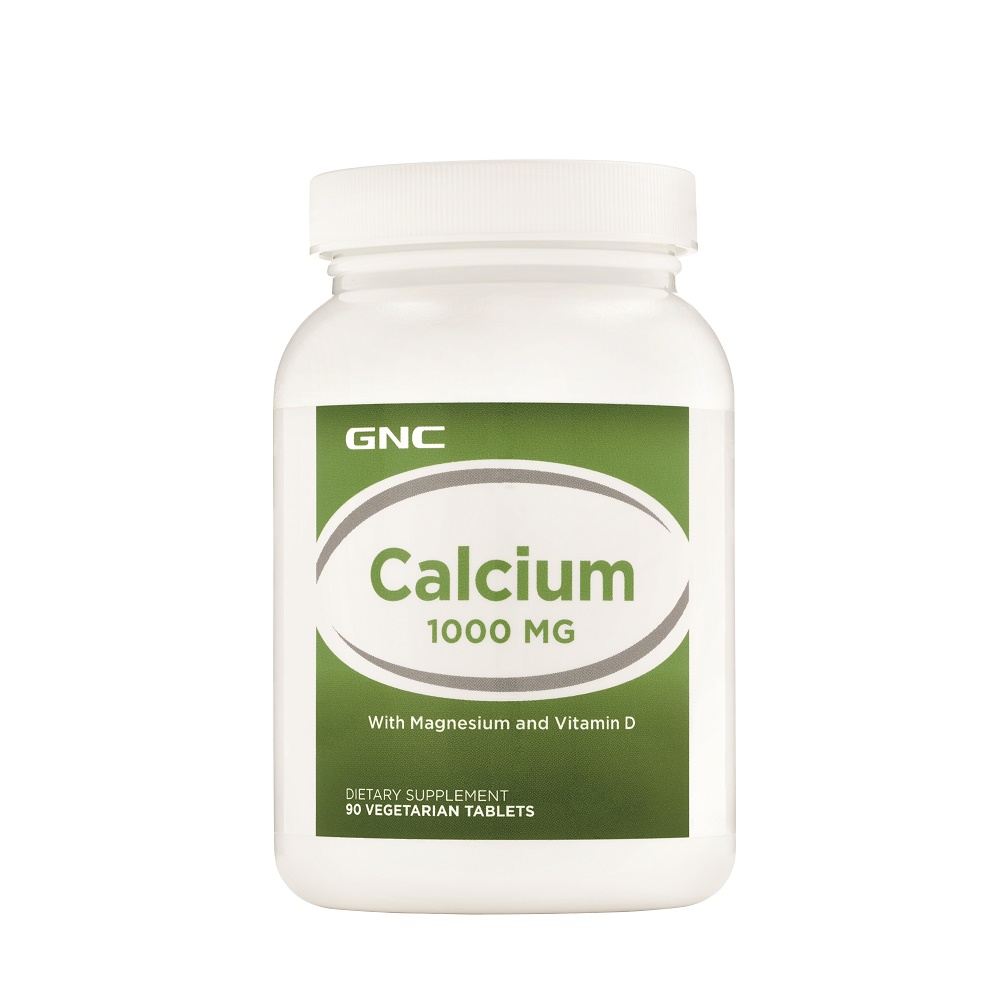 Getting enough sunlight is the best way to help the body create vitamin D.
Getting enough sunlight is the best way to help the body create vitamin D.
This article looks at the roles of calcium and vitamin D and their benefits. It also looks at the effects of too much or too little calcium or vitamin D. Finally, it identifies dietary sources of calcium and vitamin D and supplementation options.
Calcium is crucial for bone development and growth in children. It is also responsible for the maintenance of strong bones in adults.
As well as its role in bone health, calcium aids in muscle contraction. When a signal arrives at the muscle, calcium is released, helping the muscle to contract. As calcium leaves the muscle, the muscle relaxes.
Calcium also plays a role in effective blood clotting.
According to the National Institutes of Health (NIH), the recommended daily amount of calcium by age group is:
- 0–6 months: 200 milligrams (mg)
- 7–12 months: 260 mg
- 1–3 years: 700 mg
- 4–8 years: 1,000 mg
- 9–18 years: 1,300 mg
- 19–70 years: 1,000 mg (1,200 mg for women 51–70 years)
- over 70 years: 1,200 mg
Research suggests that vitamin D also plays a vital role in bone health, as it regulates calcium in the blood. Without vitamin D, the kidneys would excrete too much calcium.
Without vitamin D, the kidneys would excrete too much calcium.
There is growing interest in the role of vitamin D in reducing allergic response and protecting against certain cancers, including colorectal and breast cancer.
Vitamin D also plays an important role in:
- supporting lung function and good cardiovascular health
- insulin regulation and glucose metabolism
- brain, immune, and nervous system health
According to the NIH, the recommended daily amount of vitamin D by age group is:
- 0–12 months: 10 micrograms (mcg), or 400 international units (IU)
- 1–13 years: 15 mcg (600 IU)
- 14–18 years: 15 mcg (600 IU)
- 19–70 years: 15 mcg (600 IU)
- over 70 years: 20 mcg (800 IU)
- pregnant and breastfeeding women: 15 mcg (600 IU)
As well as its crucial role in bone health, calcium may also reduce the risks associated with high blood pressure.
A 2019 article in the journal Nutrients suggests that calcium may help lower blood pressure. Another study from 2020, involving 136,249 participants, suggests that calcium has a protective effect against colorectal cancer. However, research on this is still in the early stages.
Another study from 2020, involving 136,249 participants, suggests that calcium has a protective effect against colorectal cancer. However, research on this is still in the early stages.
Appropriate levels of calcium and vitamin D can also support a healthy pregnancy. A recent review shows an association between higher vitamin D levels and lower risk of preeclampsia and premature birth.
Due to its role in insulin regulation and glucose metabolism, vitamin D can support effective diabetes management.
Too much calcium may cause constipation. High levels of calcium can also interfere with iron and zinc absorption.
High calcium levels rarely come from dietary sources. They are most likely due to excessive supplementation.
High levels of calcium from supplementation may increase a person’s risk of kidney stones.
Some studies show a link between high levels of calcium and increased risk of heart disease, but others found no association.
Some studies also show that high levels of calcium may increase prostate cancer risk.
Too little calcium in the body is known as hypocalcemia. Over time, a calcium deficiency may result in the following symptoms:
- muscle aches, pains, and cramps
- tingling or numbness in the hands, arms, legs, feet, and around the mouth
- fatigue
- insomnia
- brain fog
- dry skin, nails, and hair
- alopecia
- skin conditions such as eczema and psoriasis
- severe PMS
- dental problems
- depression
Those most at risk from low levels of calcium include:
- post-menopausal people
- people of childbearing age with amenorrhea
- people who do not consume dairy products, such as vegans or ovo-vegetarians
- people with lactose intolerance who avoid dairy
Long-term deficiency in calcium or vitamin D can result in osteoporosis, where the bones become more fragile and prone to breaking.
Some studies show a link between increased risk of depression and low levels of vitamin D.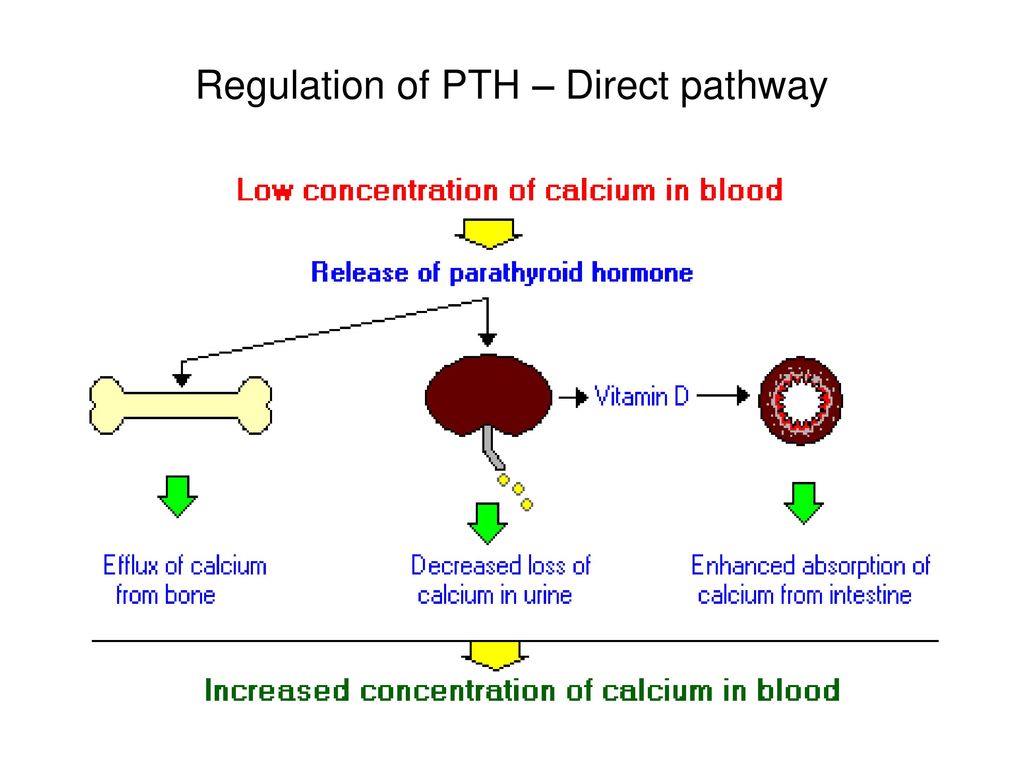 However, there is no evidence to show vitamin D supplementation prevents depression or reduces its symptoms.
However, there is no evidence to show vitamin D supplementation prevents depression or reduces its symptoms.
People at higher risk of low levels of vitamin D include:
- breastfed infants
- people who rarely expose their skin to the sun
- people with darker skin tones
- older adults
- people with conditions that limit fat absorption, such as Crohn’s disease
- people with obesity or who have undergone gastric bypass surgery
Too much vitamin D can be harmful. However, a person cannot get too much vitamin D from sunlight, only from excessive supplementation.
High levels of vitamin D may result in:
- nausea
- vomiting
- muscle weakness
- confusion
- pain
- loss of appetite
- dehydration
- excessive urination and thirst
- kidney stones
Extremely high levels of vitamin D can result in kidney failure, irregular heartbeat, and death.
Calcium is present in several foods. Good dietary sources of calcium include:
Good dietary sources of calcium include:
- dairy products, such as milk, yogurt, and cheese
- fortified dairy alternatives, such as soy milk
- green leafy vegetables, such as kale, Chinese cabbage, and broccoli
- canned sardines and salmon
- tofu
- fortified products, including breakfast cereals and fruit juices
- nuts and seeds
- legumes
Most grain-based foods, such as bread and pasta, are not rich in calcium. However, they can add a large amount of dietary calcium if consumed regularly and in large amounts.
There are limited dietary sources of vitamin D.
Most dietary sources of vitamin D come from fortified foods. Most milk producers in the United States fortify milk with vitamin D. Manufacturers often add vitamin D to plant-based milk, such as soy, almond, or oat milk.
Manufacturers may also add vitamin D to breakfast cereals, orange juice, yogurt, and margarine.
The following foods provide a limited natural source of vitamin D:
- fatty fish, such as trout, salmon, and mackerel
- beef liver
- egg yolks
- cheese
- mushrooms
Calcium and vitamin D supplements are available in tablet, chewable, and liquid forms.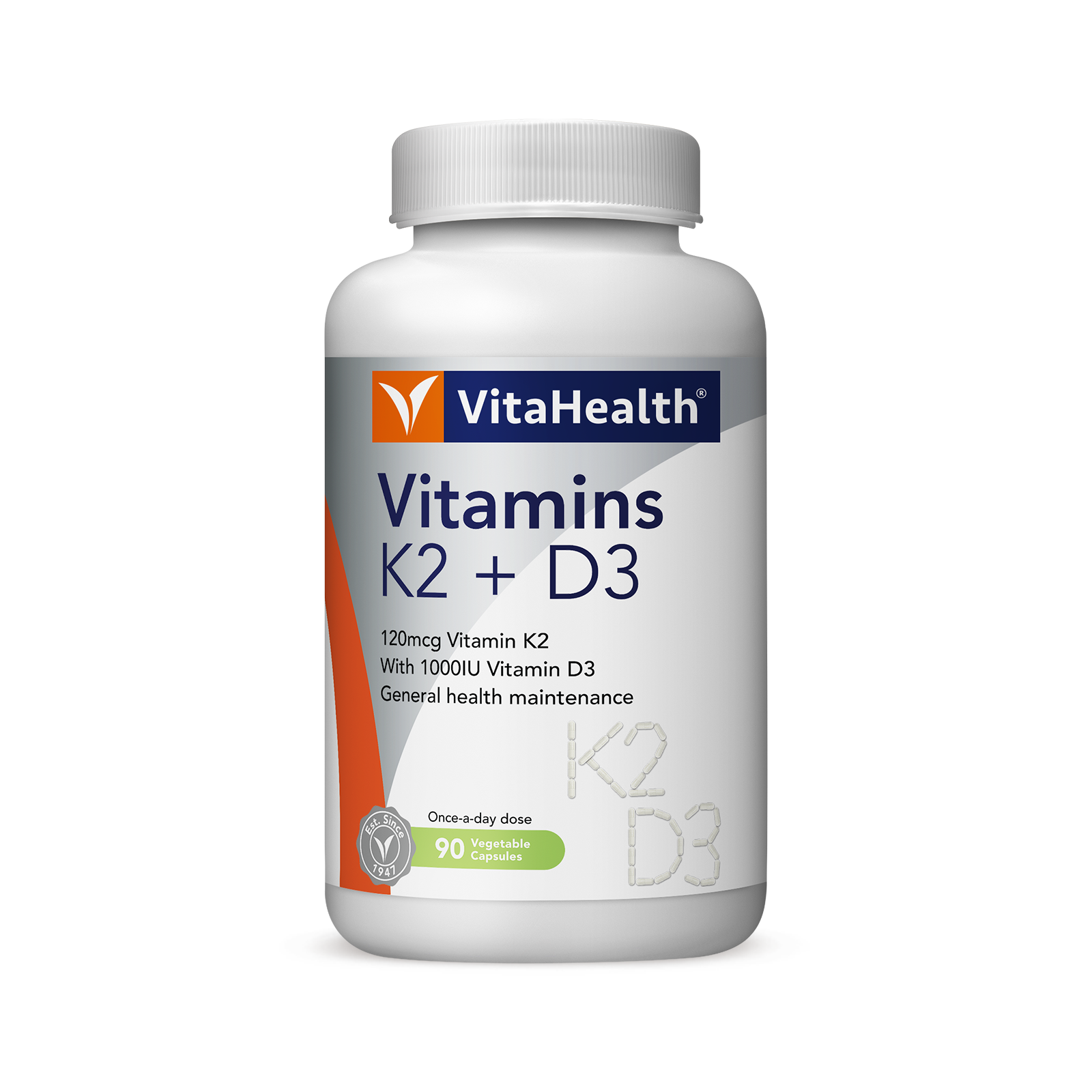
Calcium supplements usually contain either calcium carbonate or calcium citrate. People should take calcium carbonate with food.
People can take calcium citrate with or without food. Those with absorption issues or conditions such as inflammatory bowel disease should choose calcium citrate.
Some people may experience gastrointestinal issues with calcium supplementation. Taking a supplement with meals and spreading the dose throughout the day may help with these issues.
Vitamin D supplements contain either vitamin D2 (ergocalciferol) or vitamin D3 (cholecalciferol). Both forms are effective, though D3 appears to result in higher levels in the blood.
Supplement manufacturers extract D2 from yeast. D3 can come from:
- lanolin, which comes from wool
- fish oil
- algae oil
People following a vegan diet should check the source of supplements containing D3 or choose supplements containing D2. They should consult with a doctor before taking an over-the-counter supplement.
If someone is very low in vitamin D, they may need a clinical-grade prescription.
Calcium and vitamin D play a crucial role in bone health and have several other health benefits.
High levels of calcium and vitamin D in the body are rare and likely to come from excessive supplementation. Calcium and vitamin D deficiencies are more common and can have a negative effect on health, including causing osteoporosis.
There are many dietary sources of calcium. The primary source of vitamin D is sunlight. People can obtain additional calcium and vitamin D from supplements.
What is vitamin D for
Science has known about vitamin D for a long time, it was discovered back in 1922 by the American scientist McCollum and was initially considered only as a vitamin, but now it is classified as a group of hormone-like substances.
What is vitamin D
Vitamin D is fat-soluble, it is best absorbed with fatty foods and accumulates in adipose tissue. A large amount of vitamin D is found mainly in animal foods: fatty fish (salmon, catfish, mackerel, sardines, tuna), fish caviar, egg yolk and dairy products. Also, a small amount of it is found in red caviar, oysters, wild mushrooms and seeds.
Also, a small amount of it is found in red caviar, oysters, wild mushrooms and seeds.
It is unique in that it is the only vitamin that is produced in the body on its own under the influence of UV sunlight.
Benefits of Vitamin D
Its main role is to help absorb calcium and phosphorus from food. In babies, vitamin D prevents the development of rickets, a disease associated with impaired bone development and softening. In adolescents and adults, vitamin D prevents the development of caries and gum pathologies, protects against osteoporosis (softening of bone tissue due to a lack of calcium), and accelerates the healing of fractures. Vitamin D also increases resistance to viral diseases, which is extremely important, especially when your baby first went to kindergarten and began to get sick often.
Why vitamin D deficiency is dangerous
Vitamin D deficiency causes calcium and phosphorus to be washed out of the bones. In childhood, against the background of vitamin D deficiency, rickets develops, in adults – softening of bone tissue (osteomalacia) and rarefaction of bone tissue (osteoporosis). Vitamin deficiency is especially dangerous in the first year of a child’s life, when there is a rapid growth of bone tissue.
In childhood, against the background of vitamin D deficiency, rickets develops, in adults – softening of bone tissue (osteomalacia) and rarefaction of bone tissue (osteoporosis). Vitamin deficiency is especially dangerous in the first year of a child’s life, when there is a rapid growth of bone tissue.
Currently, scientists are suggesting the impact of vitamin D deficiency on the development of cancer, as well as autoimmune, infectious, viral and cardiovascular diseases.
How to get vitamin D
It would seem simpler than simple: you need good nutrition and stay outdoors under the sun’s rays, and the issue is resolved!
However, there are pitfalls here.
Studies have shown that the amount of vitamin D in foods is an unstable value. For example, during the examination of milk from the same manufacturer, the content of vitamin D in different batches fluctuated and could be less than declared within 20 IU. That is why in some countries manufacturers additionally enrich milk and dairy products with vitamin D.
In order for the body to produce enough vitamin, it is necessary to be with the face and limbs open to sunlight in the midday sun (between 10 am and 3 pm) twice a week. Fair-skinned people need five minutes, dark-skinned people should be in the sun for at least half an hour.
However, for some children, to compensate for the deficiency of vitamin D in the body, it is not enough just to fully nourish sunbathing. Babies suffering from diseases of the gastrointestinal tract, overweight, living in regions where there is little sunlight, children who move little, with dark skin, as well as children who do not want to stay in the sun – they are all at risk for lack of vitamin D.
Prevention of vitamin D deficiency
Non-specific prophylaxis should be comprehensive and begin even before the birth of the child.
The expectant mother needs to spend a lot of time outdoors, it is enough to move, observe the regime of work and rest, monitor the nature of the diet (take more vegetables, fruits, protein foods). In the last 3-4 months of pregnancy, calcification of the bones of the fetal skeleton begins, therefore, the need for calcium increases, and, consequently, for vitamin D. Pregnant women are recommended to take multivitamin preparations from the first weeks, and starting from the third trimester, take an additional 500-1500 IU vitamin A.
In the last 3-4 months of pregnancy, calcification of the bones of the fetal skeleton begins, therefore, the need for calcium increases, and, consequently, for vitamin D. Pregnant women are recommended to take multivitamin preparations from the first weeks, and starting from the third trimester, take an additional 500-1500 IU vitamin A.
It is very important to support and maintain breastfeeding for as long as possible. It is necessary to properly organize the daily routine of a nursing mother and a good diet containing meat, dairy products, fish, and vegetables. Also, a kind of prevention for a growing baby is the introduction of complementary foods, daily walks in the air with an open face and limbs, therapeutic exercises, general massage courses.
Children who are formula-fed should be given vitamin D. When choosing a mixture, it is necessary to take into account the presence of this vitamin and lactose in it, which is necessary for its absorption. But despite the fact that almost all adapted mixtures contain a vitamin, there is an opinion that its absorption from them is not active enough.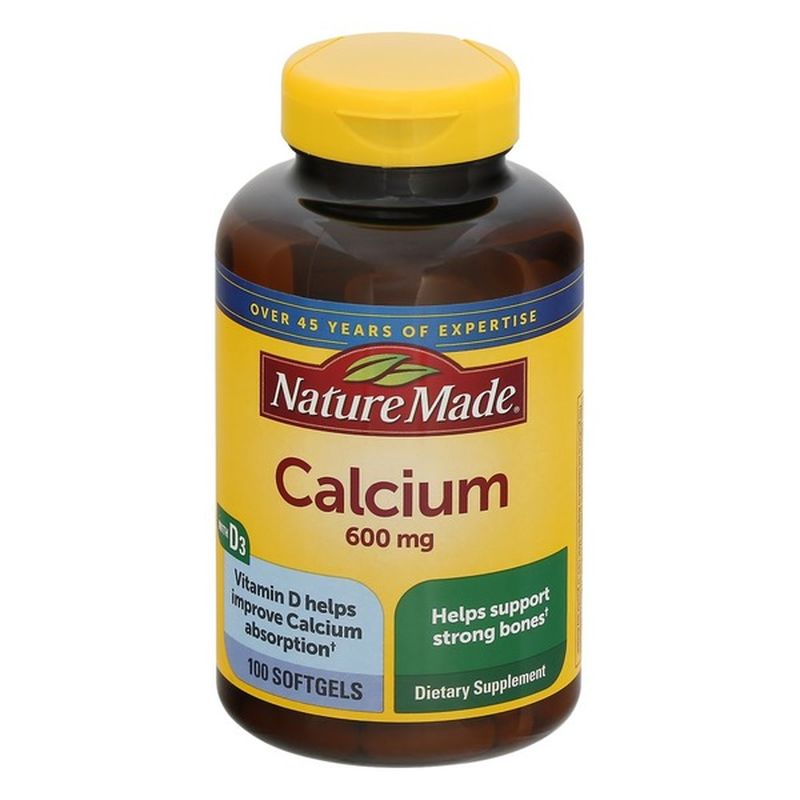
Vitamin D specific prophylaxis
In our country, regardless of the nature of feeding, from 4 weeks of age, specific prevention of vitamin D deficiency is carried out for all children. Full-term children are prescribed a prophylactic dose of 500 IU of an aqueous or oily solution of vitamin D daily, while children at risk – 1000 IU. Recently, many researchers and practitioners have supported the opinion that it is necessary to carry out the prevention of rickets for all children of the first three years of life without a break for the summer period, provided that the child is in his region, while children from 3 to 5 years old should be given vitamin D in autumn. – spring months.
Also, there is currently an active practice of prescribing vitamin D for a long time, not only for growing babies, but also for adolescents, adults, and the elderly.
Vitamin D overdose
Vitamin D is not only useful, but if used incorrectly and excessively, it can harm the baby. Vitamin D must be given carefully, as some children are hypersensitive to the vitamin and even at low doses, a condition called hypervitaminosis can develop. Signs of hypervitaminosis – loss of appetite, anxiety, muscle weakness, sleep disturbance, constipation, may be nausea and even vomiting. Therefore, with long-term use of vitamin D, especially adolescents and adults, it is necessary to periodically examine the level of the vitamin in the blood serum. You need to know that vitamin D is an important and useful component in the development of your baby, but, as in any business, a reasonable approach and following the recommendations of the attending doctor are important.
Vitamin D must be given carefully, as some children are hypersensitive to the vitamin and even at low doses, a condition called hypervitaminosis can develop. Signs of hypervitaminosis – loss of appetite, anxiety, muscle weakness, sleep disturbance, constipation, may be nausea and even vomiting. Therefore, with long-term use of vitamin D, especially adolescents and adults, it is necessary to periodically examine the level of the vitamin in the blood serum. You need to know that vitamin D is an important and useful component in the development of your baby, but, as in any business, a reasonable approach and following the recommendations of the attending doctor are important.
Many diseases and pathological conditions are associated with hyper- and hypovitaminosis. If you suspect a deficiency or excess of some vitamins in the body, consult an endocrinologist or endocrinologist-nutritionist. The doctor will ask you in detail about the symptoms, if necessary, prescribe laboratory tests. The endocrinologist explains the possible causes of such conditions, prescribes treatment. To make an appointment at a convenient time for you, call the unified contact center in Moscow +7 (495) 775 75 66, use the online appointment service for a doctor or contact the clinic reception.
The endocrinologist explains the possible causes of such conditions, prescribes treatment. To make an appointment at a convenient time for you, call the unified contact center in Moscow +7 (495) 775 75 66, use the online appointment service for a doctor or contact the clinic reception.
Vitamins and trace elements affecting the state of the skeletal system (K, Ca, Mg, Si, S, P, Fe, Cu, Zn, vitamins K, D, B9, B12)
Description
Preparation
Test method: HPLC
Bone tissue is a dynamic living tissue with high sensitivity to various regulatory endo- and exogenous influences. It is an organ of support and protection of internal organs, performs a shaping function, is a place of attachment of muscles, plays the role of a lever during movements, participates in hematopoiesis and is a depot (reserve of minerals).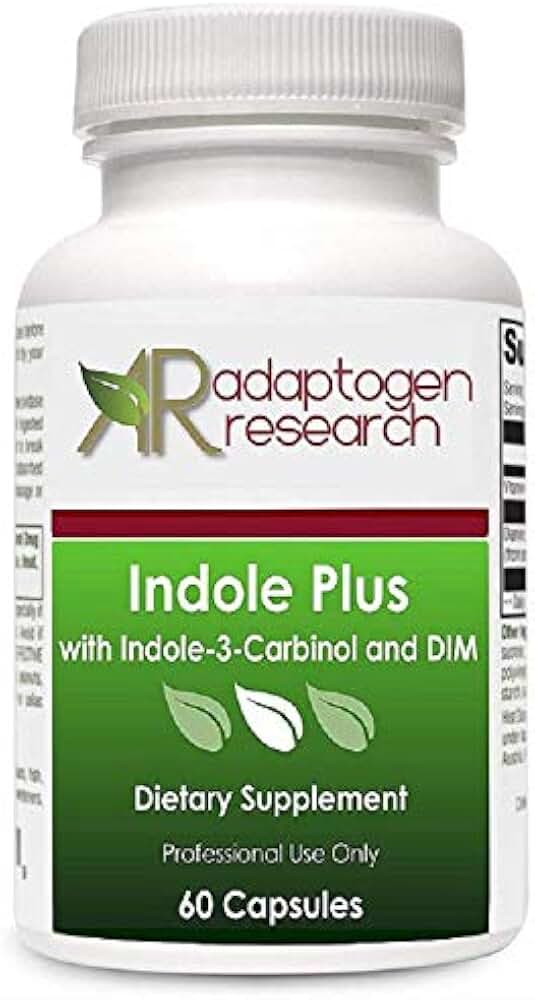
Potassium helps maintain an alkaline environment in the body, which helps promote bone health, increase bone density and maintain muscle mass.
Calcium and phosphorus are the main trace elements of bone tissue. In combination with vitamin D, it is necessary for strengthening bones, increasing bone mass and reducing the incidence of fractures.
About two-thirds of the magnesium in the body is present in the skeleton. Normal serum magnesium levels are essential for proper calcium metabolism, as hypomagnesemia leads to hypocalcemia. Thus, adequate calcium intake may not ensure proper bone health if the magnesium status is abnormal. In a number of studies in older men and women, magnesium supplementation was found to improve bone mineral density.
Magnesium is involved in the processes of growth and mineralization of bones, stabilizes bone tissue. With an insufficient amount of magnesium, the course of diseases such as osteoporosis worsens.
Silicon is involved in bone calcification.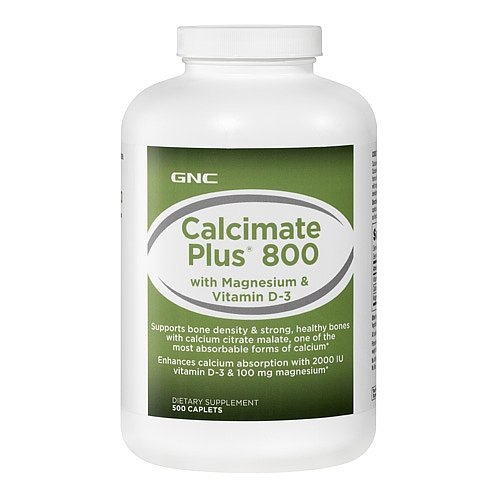 Silicon is present in high concentrations in collagen, and with a deficiency of silicon, the concentration of collagen in the bones decreases, that is, silicon plays a role in the biosynthesis of bone collagen.
Silicon is present in high concentrations in collagen, and with a deficiency of silicon, the concentration of collagen in the bones decreases, that is, silicon plays a role in the biosynthesis of bone collagen.
Sulfur, affecting the growth of not only cartilage, but also bone tissue, is involved in the formation of the structure and ensuring the flexibility and elasticity of bones.
Iron is involved in the regulation of bone tissue synthesis, and copper, participating in the synthesis of collagen, necessary for the formation of the protein framework of skeletal bones, makes our bones healthy and strong.
Zinc has a direct stimulating effect on the formation of bone tissue through the activation of osteoblastogenesis and mineralization: this microelement directly activates aminoacyl-tRNA synthase, an enzyme that determines the rate of translation during protein biosynthesis, and thereby stimulates protein formation in cells.
Vitamins for bone fractures help improve metabolism and prevent minerals from being washed out of tissues. This ensures correct and fast splicing. Vitamins K, D, B9, B12 are among the most significant vitamins involved in bone mineral metabolism.
This ensures correct and fast splicing. Vitamins K, D, B9, B12 are among the most significant vitamins involved in bone mineral metabolism.
Vitamin K is involved in the metabolism of bone and connective tissue, vitamin K-dependent bone proteins, osteocalcin, MGP, are necessary for proper functioning. Vitamin K2 plays the role of a cofactor in the carboxylation reactions of vitamin K-dependent bone proteins. Osteocalcin, a vitamin K-dependent protein, makes up 15–20% of the non-collagenous protein in bone. It is produced by osteoblasts during the formation of the bone matrix and appears in the bones with the onset of hydroxyapatite deposition. The synthesis of osteocalcin is enhanced by vitamin D, and its concentration in the bone is directly proportional to the amount of calcium in the bone. Vitamin K deficiency may be associated with increased skeletal fragility.
Vitamin D – is involved in the absorption of calcium and phosphorus from food, is involved in metabolic processes at the cellular level.
B vitamins contribute to the restoration of damaged tissues, strengthening the immune system, reducing inflammation in arthrosis, arthritis, rheumatism and other degenerative conditions of the joints. Vitamins B9 and B12 regulate the activity of cells that are involved in the formation of tissues and contribute to the creation of a strong collagen framework.
Indications for use:
- assessment of the balance of vitamins and trace elements necessary for the health of the skeletal system
- the presence of a pathology of the skeletal system
- examination of patients with risk factors for deficiency of vitamins and microelements necessary for the health of the skeletal system: diseases of the digestive tract (chronic pancreatitis, inflammatory bowel disease), taking certain medications (cholestyramine, warfarin), diet, kidney disease.
Reference values:
Vitamin D, 25-hydroxy (calciferol): 3 – 49.

